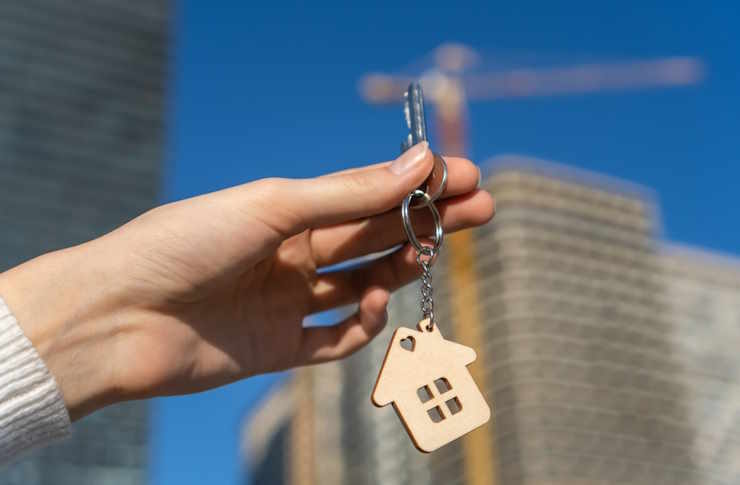How a Real Estate Development Company in Ireland is Transforming Urban Living
Thinking of securing your future with real estate investments? Discover how a trusted Real Estate Development Company in Ireland is reshaping the property landscape by offering modern, sustainable, and high-return residential and commercial projects. Whether you're a first-time buyer or a seasoned investor, Ireland’s property market is thriving with opportunities that combine growth potential, European stability, and innovative urban planning. Learn what makes this company a preferred choice for those who want to invest smartly and confidently in Irish real estate.

Rediscovering Ireland’s Architectural Treasures
Ireland’s countryside and cities are dotted with architectural gems from various periods, including Georgian townhouses, Victorian manors, and traditional cottages. These properties, often overlooked in favour of new builds, are now experiencing a renaissance. Savvy buyers are recognising the potential in these historical homes, seeing beyond their worn facades to envision stunning living spaces that marry old-world charm with contemporary comforts.
The Economic Impact of Heritage Restoration
The surge in heritage home restoration is having a significant economic impact on Ireland’s property market. According to recent data from the Heritage Council, every €1 invested in built heritage conservation generates €3.5 in direct economic return. This multiplier effect is creating new jobs in specialised restoration trades and boosting local economies, particularly in rural areas where many historical properties are located.
Navigating the Challenges of Restoration
While the allure of owning a piece of history is strong, restoring a heritage home comes with its own set of challenges. Buyers must be prepared for the complexities of working with protected structures, which often require specialised materials and skilled craftspeople. The Planning and Development Act 2000 sets out strict guidelines for alterations to protected structures, necessitating careful planning and often longer timelines for restoration projects.
Financial Incentives Fueling the Trend
The Irish government has recognised the value of preserving the country’s architectural heritage and has implemented several financial incentives to encourage restoration. The Built Heritage Investment Scheme and the Historic Structures Fund provide grants for conservation work on protected structures. Additionally, the Living City Initiative offers tax relief for the refurbishment of certain buildings in designated areas of Dublin, Cork, Limerick, Galway, Waterford, and Kilkenny.
Blending Old and New: Modern Amenities in Historical Settings
One of the most exciting aspects of heritage home restoration is the opportunity to incorporate modern amenities into historical settings. Innovative architects and designers are finding creative ways to install energy-efficient systems, smart home technology, and contemporary kitchens and bathrooms while preserving the original character of the buildings. This fusion of old and new is creating unique living spaces that appeal to a wide range of buyers, from young professionals to retirees seeking distinctive homes.
The Environmental Benefits of Restoration
In an era of increasing environmental awareness, the restoration of existing buildings is gaining recognition as a sustainable alternative to new construction. Reusing and upgrading older structures reduces the demand for new materials and minimises waste. Moreover, many heritage homes, with their thick walls and natural ventilation, can be adapted to be highly energy-efficient, aligning with Ireland’s goals for reducing carbon emissions in the built environment.
Market Outlook: The Future of Heritage Homes in Ireland
As the trend continues to gain traction, experts predict that heritage homes will become an increasingly valuable segment of Ireland’s property market. The unique character and limited supply of these properties are likely to drive up their value over time, making them attractive not only as homes but also as long-term investments. However, potential buyers should be aware that the specialised nature of these properties may affect their liquidity in the market.
Conclusion
The resurgence of heritage home restoration in Ireland represents a significant shift in the property market, offering a blend of historical preservation and modern living. As more buyers recognise the value and charm of these unique properties, we can expect to see continued growth in this sector. For those willing to take on the challenges of restoration, the rewards are manifold: a one-of-a-kind home, a piece of Irish history, and potentially, a sound financial investment.






